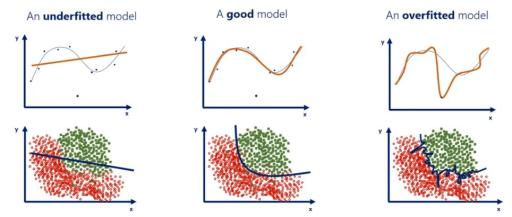Hello my AI friends!
Today, I would like to share with you skrobot!
skrobot is an open-source Python module I have created at Medoid AI for automating Machine Learning (ML) tasks. It is built on top of scikit-learn framework and follows object-oriented design (OOD) for ML task creation, execution, and reproducibility. Multiple ML tasks can be combined together to implement an experiment. It also provides seamless tracking and logging of experiments (e.g. saving experiments’ parameters).
It can help Data Scientists and Machine Learning Engineers:
- to keep track of modelling experiments / tasks
- to automate the repetitive (and boring) stuff when designing ML modelling pipelines
- to spend more time on the things that truly matter when solving a problem
The current release of skrobot (1.0.13) supports the following ML tasks for binary classification problems:
- Automated feature engineering / synthesis
- Feature selection
- Model selection (i.e. hyperparameters search)
- Model evaluation
- Model training
- Model prediction
For more information you can check out the online documentation!
Lastly, many thanks to all contributors who helped to extend and support skrobot.
Stay safe!



